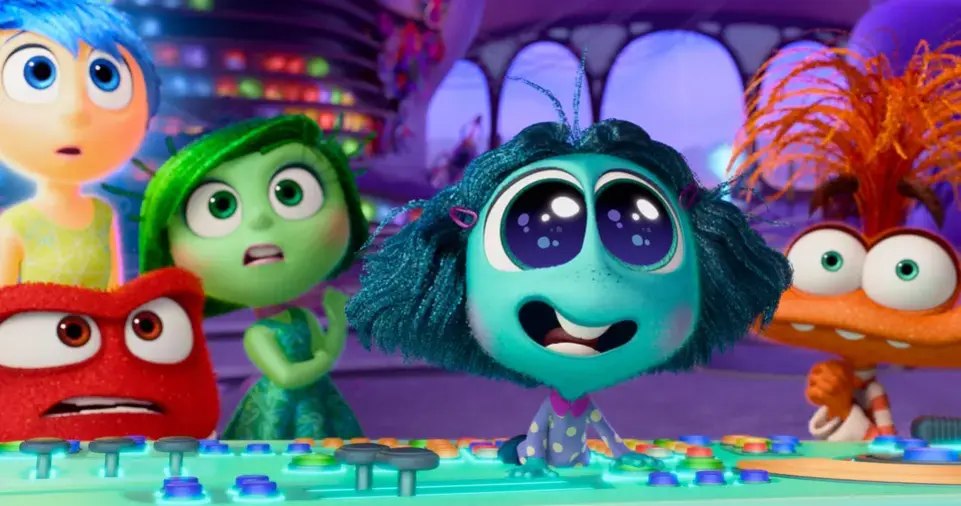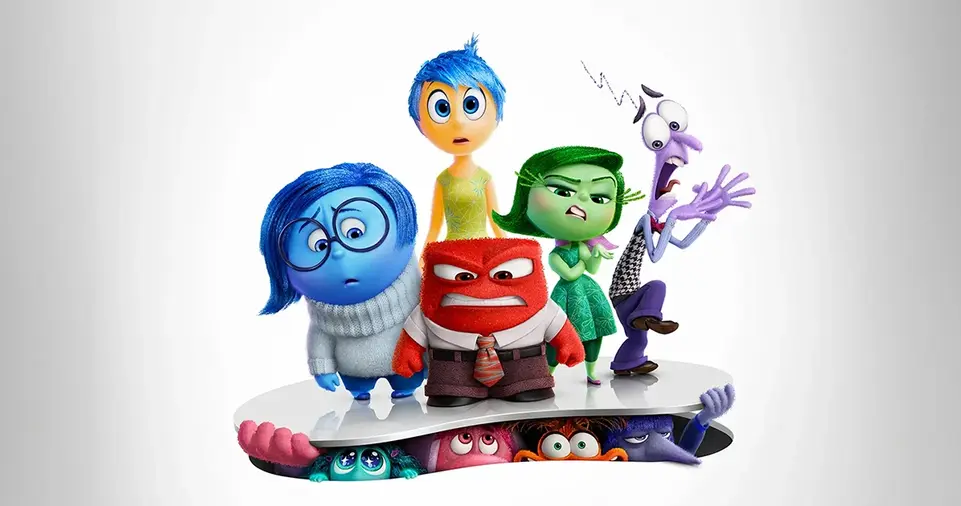Color is a powerful storytelling tool in animation, capable of evoking deep emotions, setting the mood, and influencing audience perception.
Whether in animated films, series, or video games, color choices can subconsciously affect how viewers feel about a scene or character.
A well-thought-out color palette can create excitement, suspense, fear, joy, or melancholy.
Animators, illustrators, and filmmakers strategically use colors to build immersive worlds and convey emotions without dialogue.
Understanding the psychology of colors and how they interact can elevate an animation project from ordinary to extraordinary.
From using warm colors to create feelings of comfort and energy to employing cool tones for calmness and mystery, color plays an essential role in visual storytelling.
Moreover, color contrast, temperature, lighting, and grading techniques can further enhance the emotional depth of an animation.
In this detailed guide, we will explore how colors evoke emotions, their psychological impact, and the techniques animators use to create powerful and visually compelling stories.
Understanding Color Psychology in Animation
The Emotional Impact of Colors
Color psychology is the study of how different colors influence human emotions and behavior.
In animation, colors are not just aesthetic choices; they are essential elements that help define characters, set the scene’s mood, and create emotional connections.
Here is a breakdown of how different colors impact emotions:
Red – Passion, Anger, Love, Danger
Red is one of the most powerful and attention-grabbing colors. It is often used to represent intense emotions such as love, passion, anger, or danger.
In animation, red can indicate a powerful or aggressive character, a scene filled with rage, or a passionate romance.
It can also signify urgency or danger, commonly seen in warning signs or action-packed sequences.
Blue – Calmness, Sadness, Stability, Coldness
Blue is associated with tranquility and serenity but can also evoke feelings of sadness and loneliness.
Animators use blue tones to create a calm or melancholic atmosphere. Light blue often symbolizes hope and peace, while dark blue can indicate sorrow, mystery, or isolation.
Yellow – Happiness, Warmth, Energy, Caution
Yellow is the color of happiness, optimism, and energy. It often appears in cheerful and playful scenes, making it ideal for lighthearted animations.
However, when used in excessive amounts or with dark shadows, yellow can also create unease, anxiety, or warning signals.
Green – Growth, Nature, Tranquility, Envy
Green is commonly linked to nature, renewal, and peace.
In animation, it is often used to depict lush environments or create a soothing and balanced atmosphere.
However, green can also represent envy, jealousy, or poison when combined with dark tones.
Purple – Mystery, Royalty, Fantasy, Magic
Purple is often associated with mysticism, luxury, and fantasy. Many animated movies use purple for magical elements, mysterious characters, or royalty. It creates a sense of intrigue and otherworldliness.
Orange – Energy, Enthusiasm, Warmth, Excitement
Orange is a vibrant and energetic color that conveys enthusiasm and adventure.
It can be used to depict fun-loving and outgoing characters. The warmth of orange makes it a good choice for lively and inviting scenes.
Black – Mystery, Darkness, Power, Fear
Black is often used to symbolize mystery, fear, and power.
It is a dominant color for villains, ominous settings, or serious themes.
When combined with other colors, black can create dramatic and intense effects.
White – Purity, Innocence, Emptiness, Peace
White represents purity, innocence, and peace. It is often used in heavenly or futuristic settings. However, in some cases, excessive white can create a sense of emptiness or detachment.
Using Color Temperature to Create Mood

Warm Colors (Red, Orange, Yellow) – Excitement, Passion, Comfort
Warm colors create a sense of warmth, excitement, and urgency. They are commonly used in action-packed or emotional scenes. These colors make characters and objects stand out and appear more inviting or intense.
Cool Colors (Blue, Green, Purple) – Calmness, Sadness, Mystery
Cool colors bring a sense of tranquility, mystery, or sadness. They are often used to create relaxed, melancholic, or eerie environments. Cool colors are useful for depicting night scenes, underwater settings, or moments of solitude.
ALSO READ: How to Create a Simple Animated GIF in 3 Easy Steps
Enhancing Emotional Impact Through Color Contrast
High Contrast – Tension, Drama, Excitement
Using high contrast in colors (e.g., red on black, bright yellow on deep blue) creates tension and draws attention. This technique is useful in dramatic or intense moments in animation.
Low Contrast – Harmony, Softness, Subtlety
Low contrast color schemes use similar shades to create a more soothing and harmonious effect. These are ideal for peaceful and sentimental scenes where strong emotions need to be conveyed subtly.
Color Grading for Emotional Shifts
Color grading allows animators to adjust the overall color tones of a scene to match its emotional tone.
- Desaturated Colors: Used for nostalgia, sadness, or dystopian settings.
- Vibrant Colors: Ideal for joyful and energetic moments.
- Monochromatic Tones: Create a sense of isolation or introspection.
Cultural and Symbolic Meaning of Colors
Colors can have different meanings across cultures. While white symbolizes purity in Western cultures, it represents mourning in some Eastern cultures.
Animators must consider cultural symbolism to ensure their color choices resonate with global audiences.
Lighting and Shadows for Emotional Depth
Lighting plays a crucial role in animation color schemes. Bright lighting enhances joy and clarity, while dark lighting creates suspense and fear.
Shadows can be used to add depth to characters, settings, and moods.
Creating Color Palettes for Characters & Themes
Heroes and Protagonists
Main characters often wear bright, warm, or distinct colors that make them stand out from the background and feel relatable.
Villains and Antagonists
Dark, desaturated, or contrasting colors can be used to highlight the villain’s mysterious or menacing nature.
Thematic Color Schemes
Using consistent color palettes for specific themes helps reinforce the overall emotional tone of an animation.
ALSO READ: Creating Your First Animated Short: A Step-by-Step Overview
Conclusion
Color is one of the most effective storytelling elements in animation, capable of shaping the audience’s emotions, guiding their perception, and enhancing the overall experience.
By understanding color psychology, temperature, contrast, grading, and cultural significance, animators can create visually stunning and emotionally resonant stories.
Mastering the art of color in animation ensures that every frame carries meaning, making the viewer’s connection with the story deeper and more memorable.

